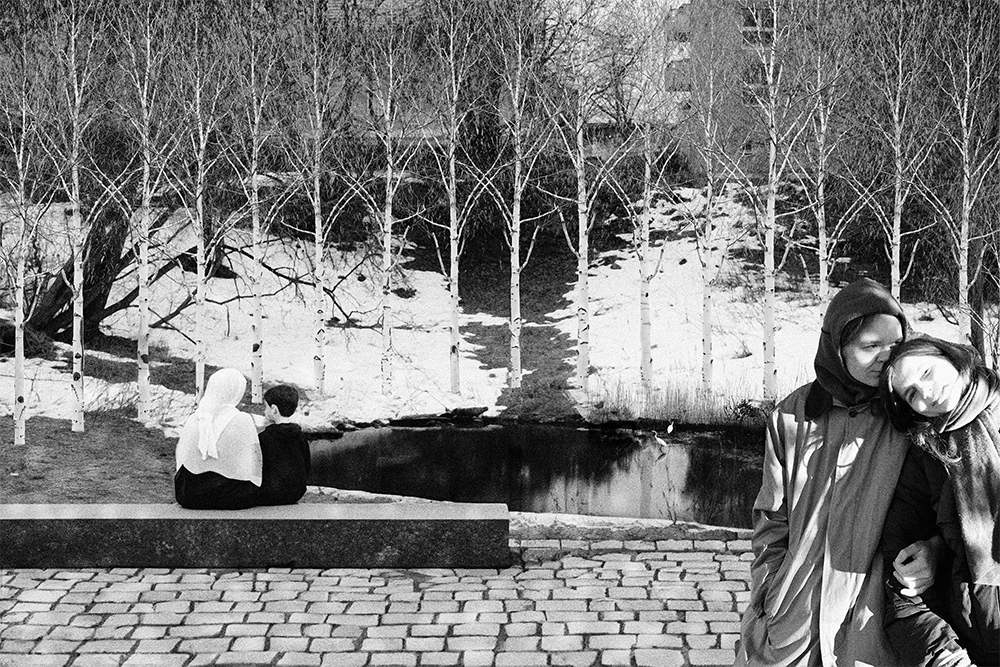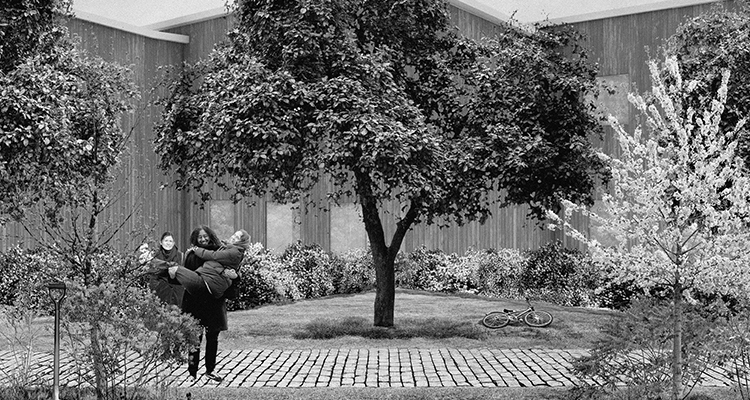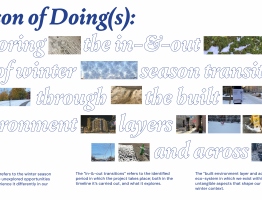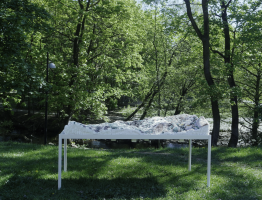Diplomprosjekt
Vår 2024
Institutt for urbanisme og landskap
Social Justice and the Compact City
As metropolitan centres undergo rapid transitions and growth, it becomes imperative to critically examine not only the environmental outcomes but also the socio-economic implications of these transformations. Suburbs on the periphery, with populations already contending with considerable socio-economic challenges, stand at a crossroads. While they might be graced by spacious housing and natural landscapes, they concurrently grapple with urban sprawl, limited public infrastructure, an absence of essential civic institutions, increased threats of the climate- and nature crises and socio-economic challenges. Exacerbating this are prevailing citywide transport-oriented urban strategies and a developer-led urban planning system that lean heavily towards centralization, neglecting peripheral regions. This approach not only perpetuates existing inequities but also amplifies the risk of further marginalizing communities already under strain, raising crucial concerns about the ethos of urban justice and equitable planning.
The Case of Bjørndal
Considering these intricacies, Bjørndal, situated on Oslo’s southern periphery, offers a salient case study. Conceived during the urban planning paradigms of the 1980s and 1990s, an epoch that prioritized automotive mobility and nestled growth amidst extensive pine forests, the suburb is today contending with considerable socio-economic challenges as well as escalating threats of climate change. Concurrently, the ensuing ramifications of the green shift, such as escalating transportation tolls, disproportionately burdens the community, absent the concomitant benefits of urban advancements. Using Bjørndal as a case study, the diploma explores a new socioecological model of a city in Oslo’s periphery.The Forest City-scenario
Based on a mapping of socio-economic, cultural-political, built-ecologic, and climatic factors, eight scenarios are crafted. The diploma situates itself within the Forest City-scenario, in which the Oslo region sees a strategic shift in urban planning and development towards a more distributed, horizontally integrated urban form, emphasizing landscape productivity through a spread-out approach that blends urban and rural elements.
Figures of Space
Transitioning from scenarios to spatial design, figures of space are developed. The figures of space organize and guide the process of transformation towards the desired scenario. Each of them responds to outlined pragmatic problems, build on existing activities and needs of the community, and introduce new spatial and ecological qualities, cultural practices, and opportunities. Animating Artery: Slimeveien becomes the Animating artery of Bjørndal, pulsating with life. The road becomes a street, the backside becomes a centrality, the parking lots become squares, and space is given to new developments. These bring with them urban qualities and programs of education and workplaces, boosting opportunities.
Prismatic Pools: Heavy rainfall events isolate the community, as the sole access road Slimeveien floods, and future projections show entire neighbourhoods at risk of urban flooding. Prismatic Pools capture fluvial and pluvial water through a keyline-inspired strategy and transform them into a myriad of spaces: playful, tranquil, functional, and cooling.
Pastoral Patches: Through a reading of the historic agricultural landscape, Pastoral Patches are uncovered along the valley. Community allotment gardens complement the myriad of private gardens, revealing the agricultural history of the valley, providing local food production as well as meeting places for adult and elderly citizens.
Therapeutic Terraces: Through community stewardship, the forest patches carving through neighbourhoods are strengthened along their edges, becoming extensions of the private gardens that are integral to suburban living. Over time, the introduced species spread into the forest. This vegetation strategy increases the forests’ resilience against climate change as well as creating a new cultural landscape that articulates the forest edge.
Communal Carpets: Communal Carpets are laid out in relation to essential community buildings as well as underused central squares. Through the design of these squares, encompassing design strategies such as revealing the oddity of place and stages and stands, community feeling and identity is fostered, and democratic spaces are created in the introverted suburb.
Together, the five figures make up the guiding vision of the scenario.

Socio-spatial Prototypes
The spatial and social qualities of the figures are explored through three prototypes.Nyjordet allotment gardens and Mona Abdinurs square. On overgrown-farmlands-turned-abandoned-playgrounds, allotment gardens are established. Pastoral Patches and Prismatic Pools in symbiosis allow for a gravity-based irrigation system that retains water for the allotment gardens during dry summers and alleviates flooding of the downstream residential areas during heavy rains. A Communal Carpet is laid out in connection with the allotment gardens, as Mona Abdinur’s square is established by transforming an asphalted clearing to a community-fostering democratic square, utilizing the design principle of stages and stands.
Slime central street. Between two nodes in the Animating Artery, new townhouses are established in conjunction with the transformation of the car-dominated backside into a walkable and bikeable central street. The topography is altered using masses on site, creating several levels that allow for a gradient of spaces from public to private. Ramps between the levels and street-facing building entrances activate the street. In the commons between the new and existing housing, space is given for implementation of the Therapeutic terraces.
Meklenborg sports arboretum and tree nursery. The backbone of the Therapeutic terraces is the transformation of the monofunctional and -cultural sports fields into an arboretum and tree nursery. As a publicly owned and non-regulated area of Bjørndal, with ample space, important social function, and a location next to the forest edge, the sports fields are suitable to host a variety of species to be planted throughout Bjørndal in the implementation of the Therapeutic Terraces. By doing so, a richer and more resilient forest edge is created, and the sports fields become a park, inviting a broader range of people and activities.
The Distributive Metropolis
Based on the preceding investigations, the figures are proliferated to the scale of the southern periphery of Oslo. A network of communal carpets, animating arteries, prismatic pools, pastoral patches, and therapeutic terraces make up the vision of a distributive metropolis. As explored through the socio-spatial prototypes, the diploma argues that this landscape-informed, distributed, and horizontal urban form carries a potential of increasing the capabilities at the urban periphery in synergy with nature and climate adaptation and mitigation.
Kaveh Kawousi / kavehk58@gmail.com




